Grosbeak: The Colorful Songbird with a Mighty Beak
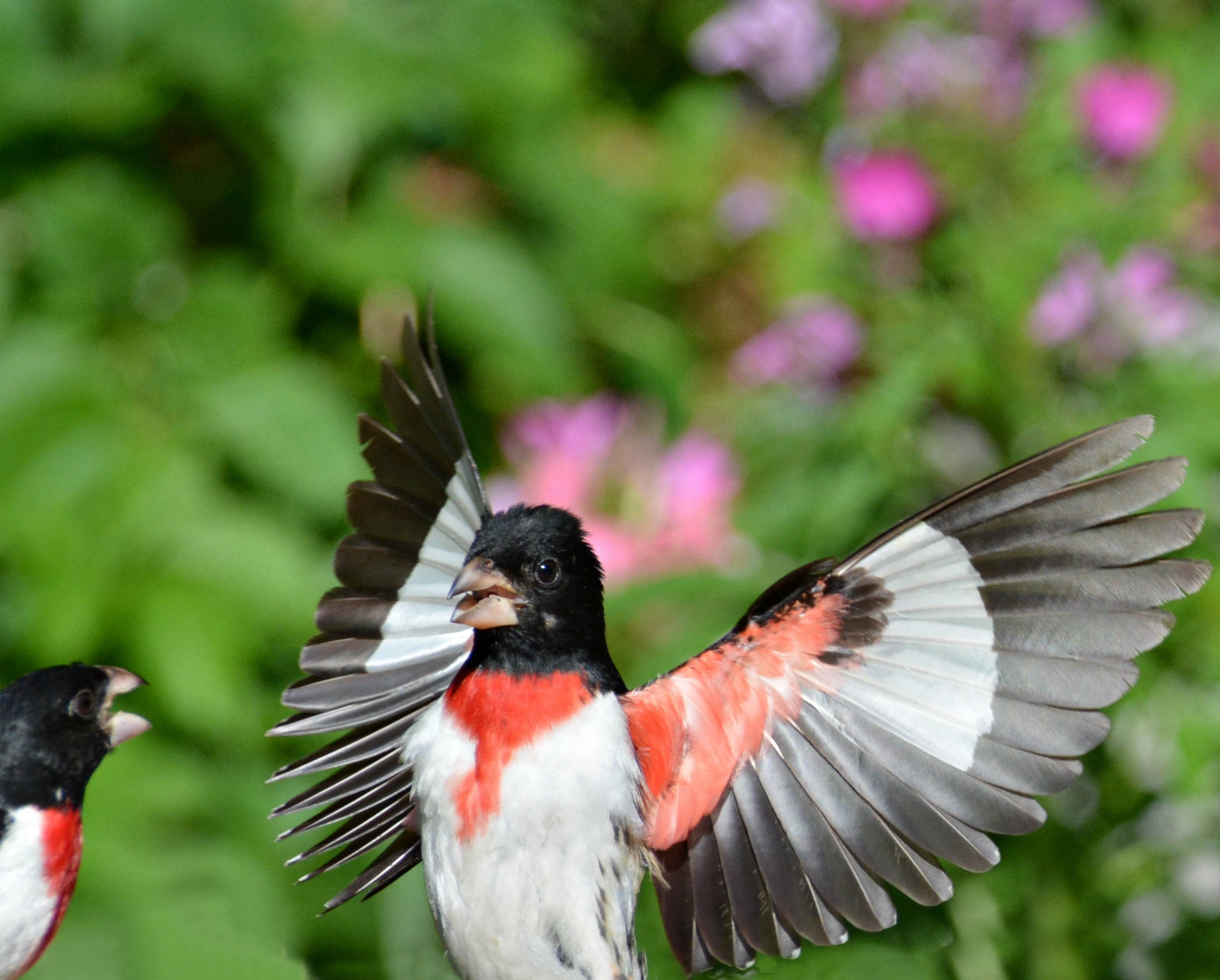
The Grosbeak, a vibrant and melodious songbird, stands out in the avian world with its colorful plumage and powerful beak. With a name derived from the French word “gros bec,” meaning “large beak,” this bird is known for its distinctive and robust bill.
Grosbeaks belong to the family Cardinalidae, which includes various species found in North and South America. While they share some similarities with their cardinal relatives, Grosbeaks have a unique charm and allure that sets them apart.
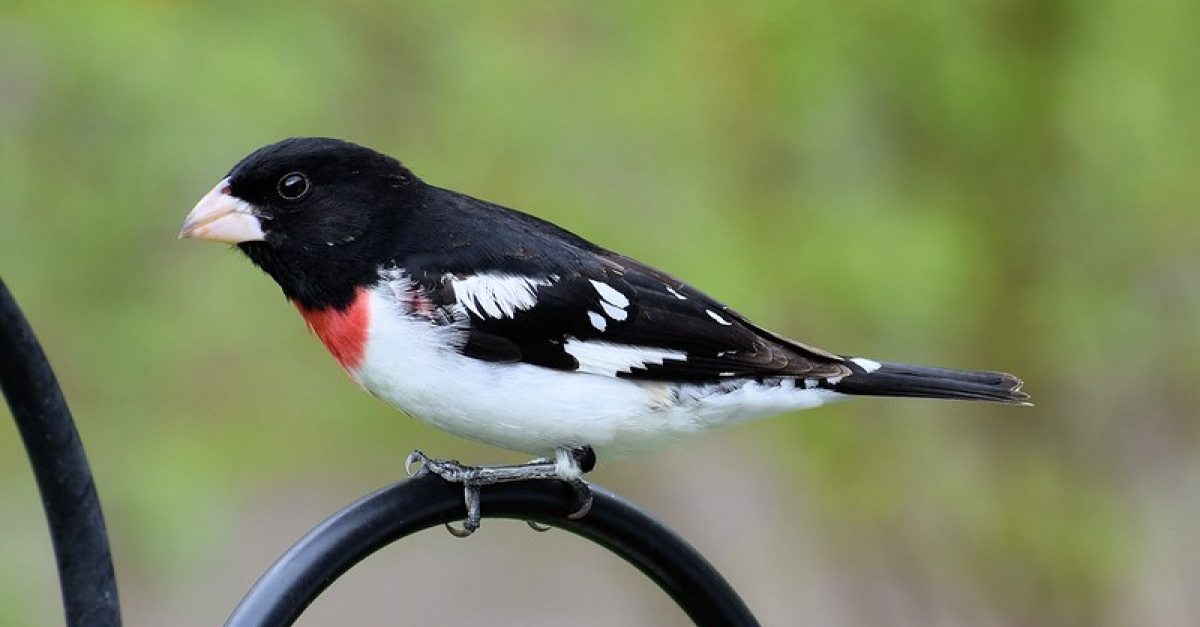
One of the most striking features of the Grosbeak is its beak, which is specially adapted for its feeding habits. With a thick, conical shape, the beak allows these birds to crack open hard seeds and fruits with ease. They also have a strong bite, enabling them to access a wide range of food sources that other birds may struggle to consume.
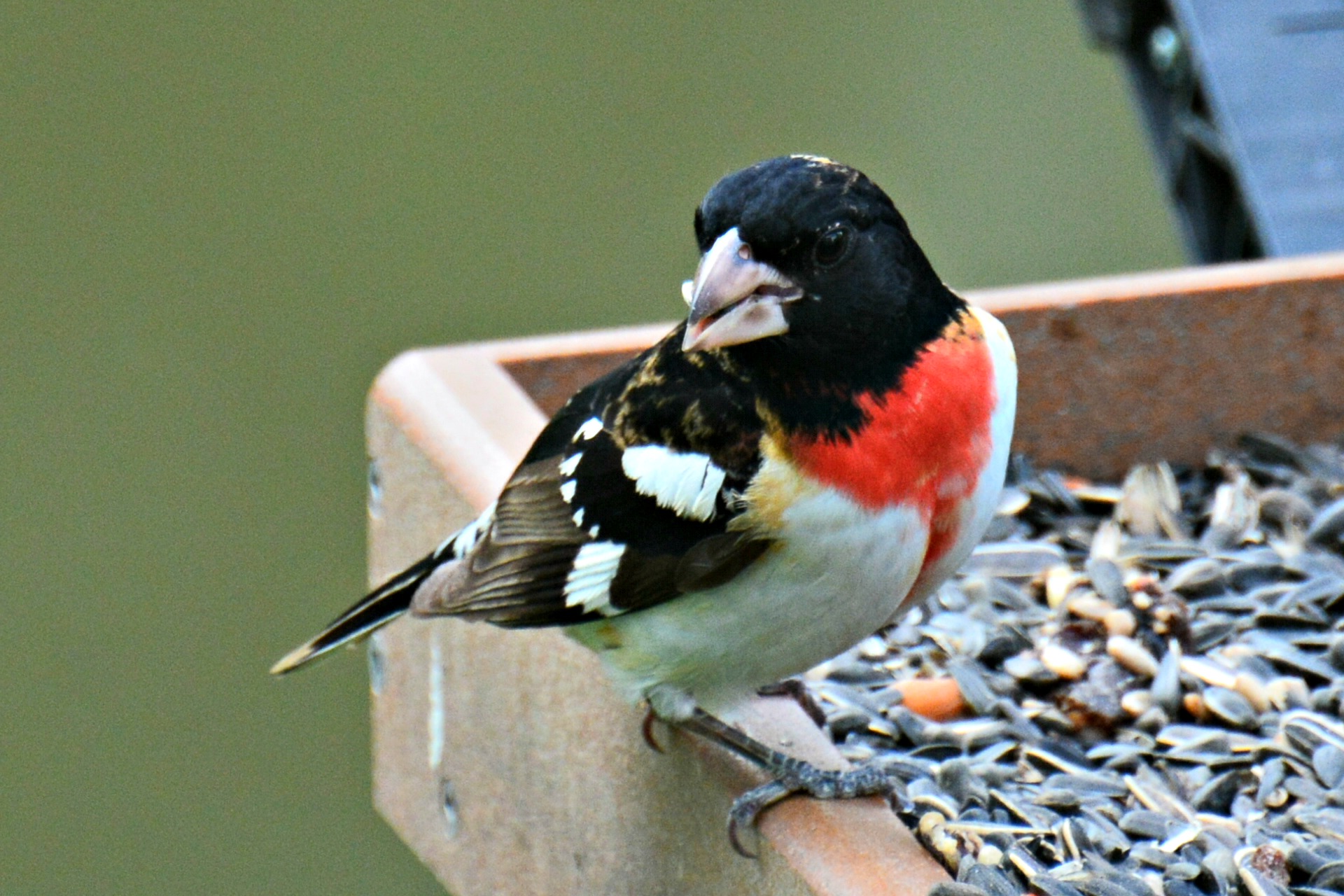
In terms of appearance, Grosbeaks exhibit a remarkable array of colors. Males often boast vibrant plumage, adorned with hues of red, orange, yellow, black, and white. Their flamboyant feathers serve both ornamental and practical purposes, as they help attract mates during the breeding season and make them easily distinguishable in their natural habitats.
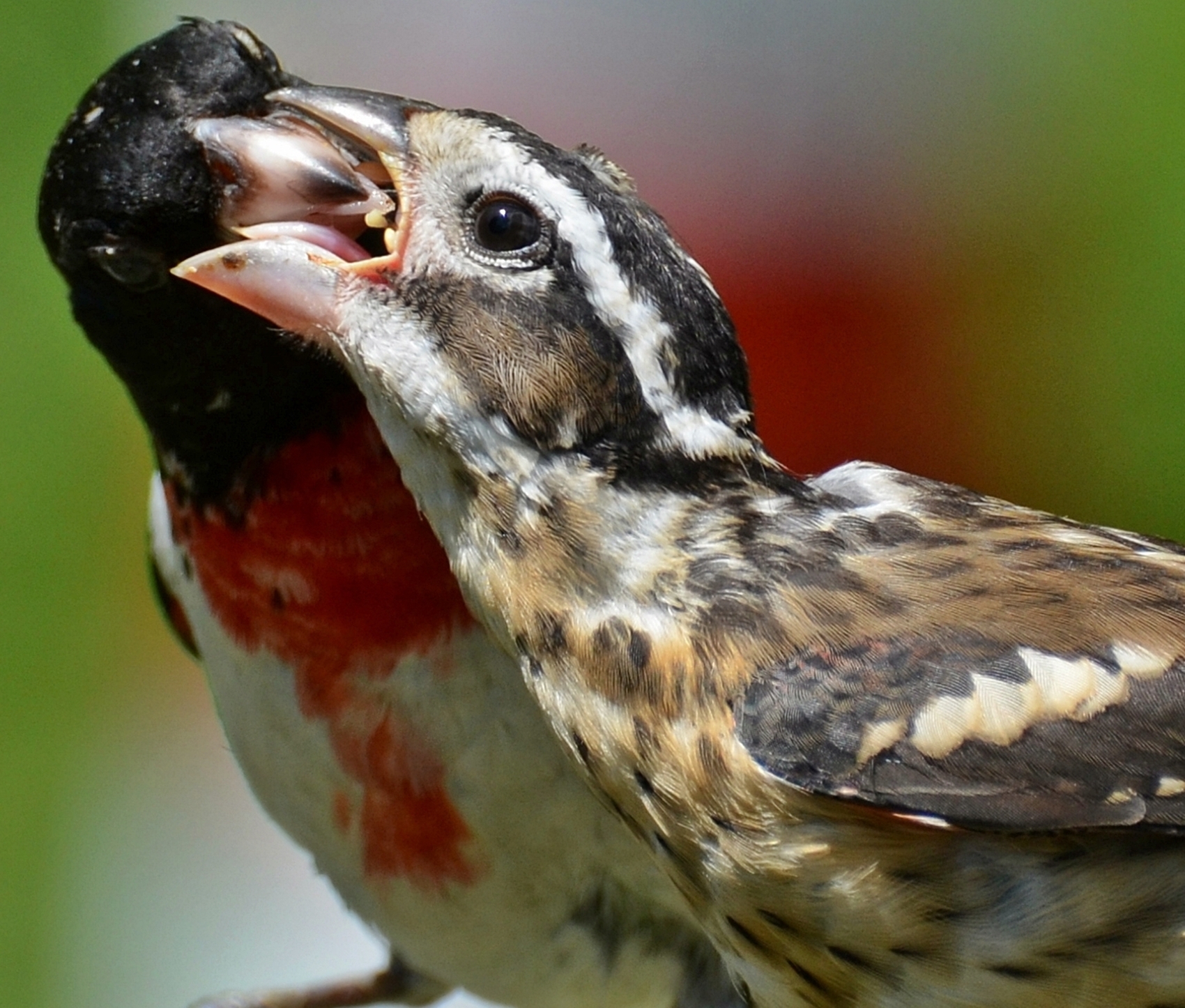
Female Grosbeaks, on the other hand, exhibit more muted colors, often featuring shades of brown, gray, and olive. This difference in plumage between males and females, known as sexual dimorphism, is a common trait in many bird species.
Apart from their striking appearance, Grosbeaks are celebrated for their enchanting songs. Their melodic and rich vocalizations fill the air, making them a delightful addition to any bird lover’s soundscape. These songs serve multiple purposes, including territorial defense, attracting mates, and communicating with other members of their flock.
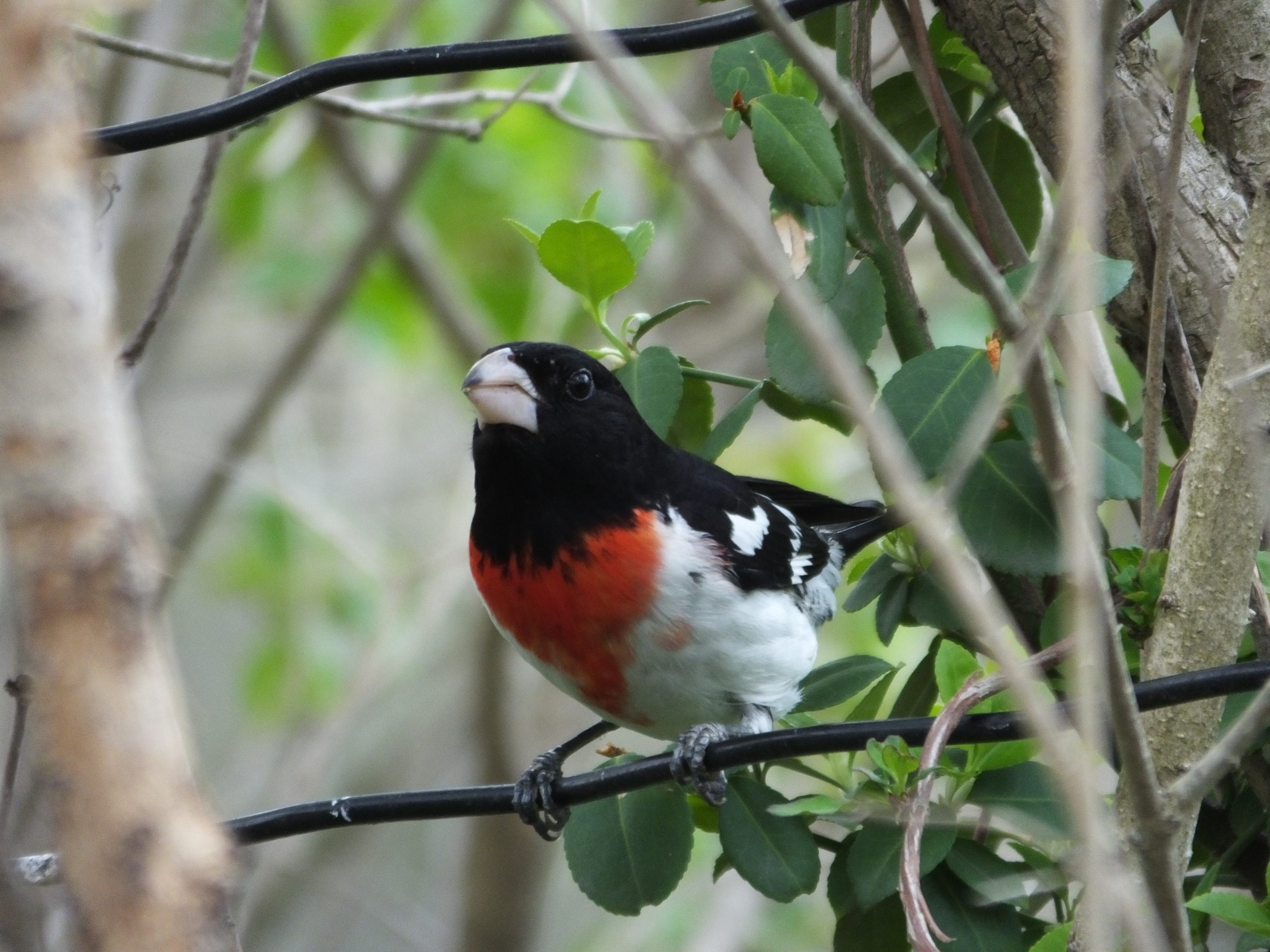
Grosbeaks are primarily seed eaters, but they also supplement their diet with fruits, insects, and nectar. They can be found in a variety of habitats, ranging from forests and woodlands to shrubby areas and gardens. Some species are migratory, while others are year-round residents in their chosen habitats.
Throughout the Americas, various species of Grosbeaks exist, including the Rose-breasted Grosbeak, Black-headed Grosbeak, Blue Grosbeak, and Evening Grosbeak, among others. Each species possesses its unique characteristics and habitat preferences, adding to the diversity and intrigue of this remarkable bird family.
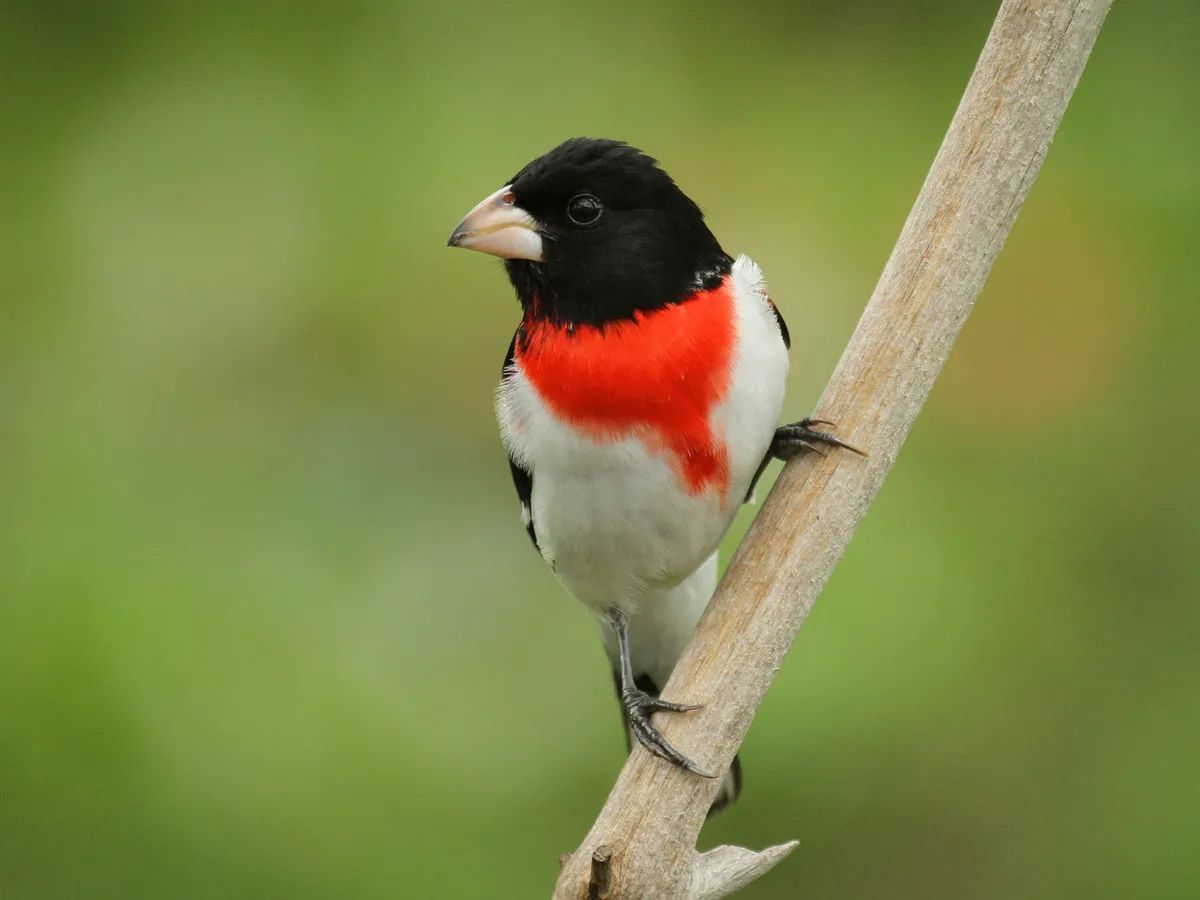
Observing Grosbeaks in the wild or attracting them to backyard feeders provides an opportunity to witness their beauty and appreciate their melodious songs. As these colorful songbirds flit about, their mighty beaks cracking open seeds, they remind us of the wonders of nature and the incredible adaptability and diversity found within the avian world.
In conclusion, the Grosbeak is a captivating and melodious songbird known for its vibrant plumage and powerful beak. With their diverse colors and enchanting songs, these birds bring joy to birdwatchers and enthusiasts alike. Whether found in forests, woodlands, or gardens, Grosbeaks continue to fascinate and inspire admiration for the wonders of the natural world.



